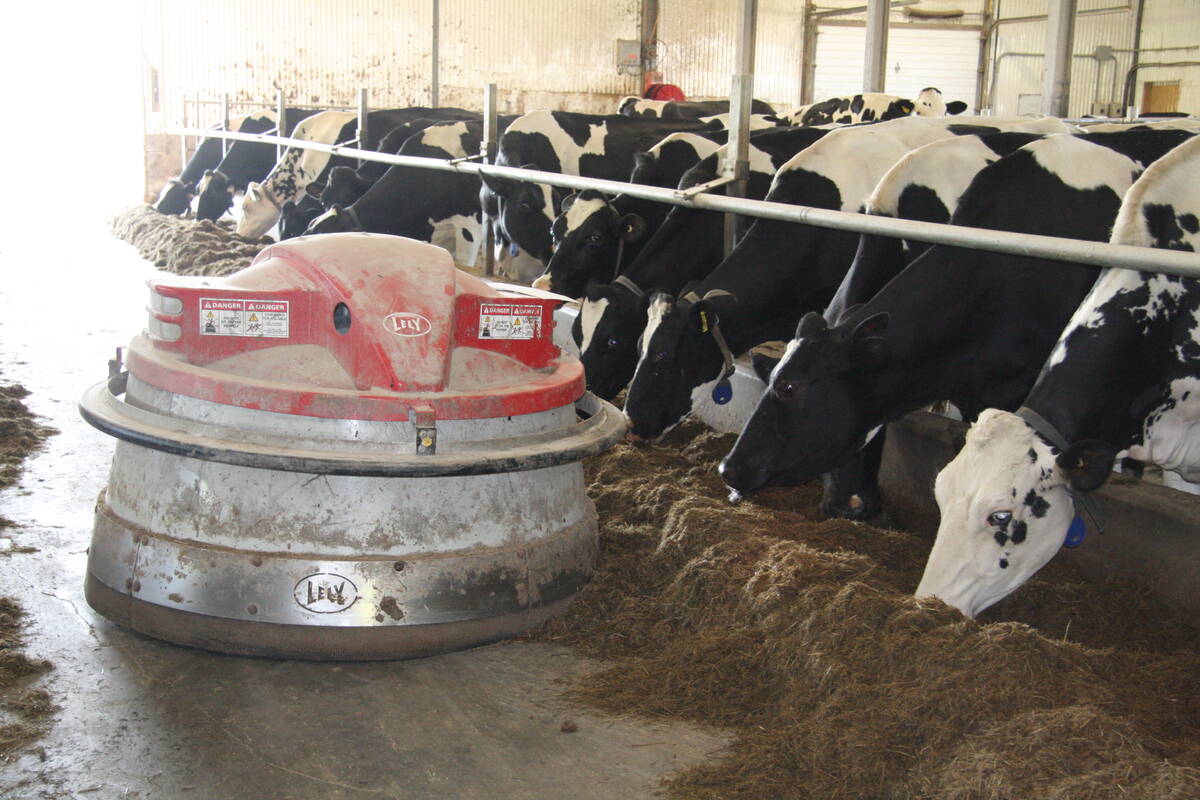A shortage of organic beef in the United States poses a large opportunity for Canadian producers, says a professor with Colorado State University’s department of animal sciences.
Australia, New Zealand and Canada are best positioned to be leaders in organic beef production, said Gary Smith during Manitoba Ag Days in Brandon last week. Those countries still have areas where cattle can be raised in relatively pristine settings.
It is difficult to raise organic beef in the United States, said Smith, because much of the cattle production is in areas where herds cannot be isolated from things like pesticide drift from neighbouring farms.
Read Also

Partnerships, communication key to disease management
Communication and strong, trusted partnerships are key to managing infectious diseases like Foot and Mouth Disease and HPAI.
However, he said anyone wanting to export organic beef into the U.S. has to be prepared to meet the standards of its national organics program.
“It’s much more strict, much more difficult to do, but also much more money,” he said, describing the potential for profit with organic beef.
He suggested Canadian producers have an advantage because they can brand their products with the clean, healthful image of places such as the Rocky Mountains.
There also has been a growing appetite in the U.S. for beef raised without the use of growth hormones or antibiotics and labelled as natural. About 20 percent of U.S. beef is now branded, he said, and about one percent of the country’s total beef production is considered natural.
“That may not sound like much to you but that is a bunch, and we think that is growing 20 percent a year.”
He cautioned that the American market for beef labelled as natural may become saturated. Three of the five largest U.S. beef packers are now marketing that kind of beef.
Smith was in Brandon to describe to producers how to go about branding beef products. He said one of the most important things is to hook the product to a single image, person or farm family that consumers can identify with and trust.
Emphasizing the humane handling of the cattle and sustainable farming practices can be other ways to build consumer interest in a branded beef product.
Smith said people developing a brand of beef should not expect to get a premium from all the meat on a carcass. Parts of the carcass will have to be sold as conventional beef, making it important that they know how to get premiums for the products that will be marketed as something out of the ordinary.














